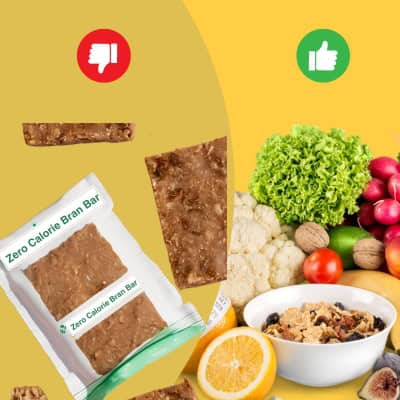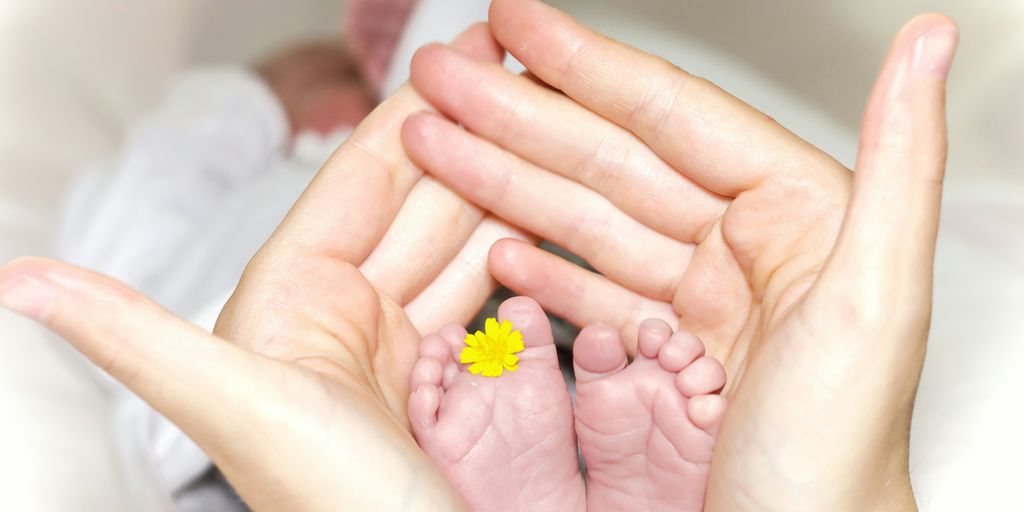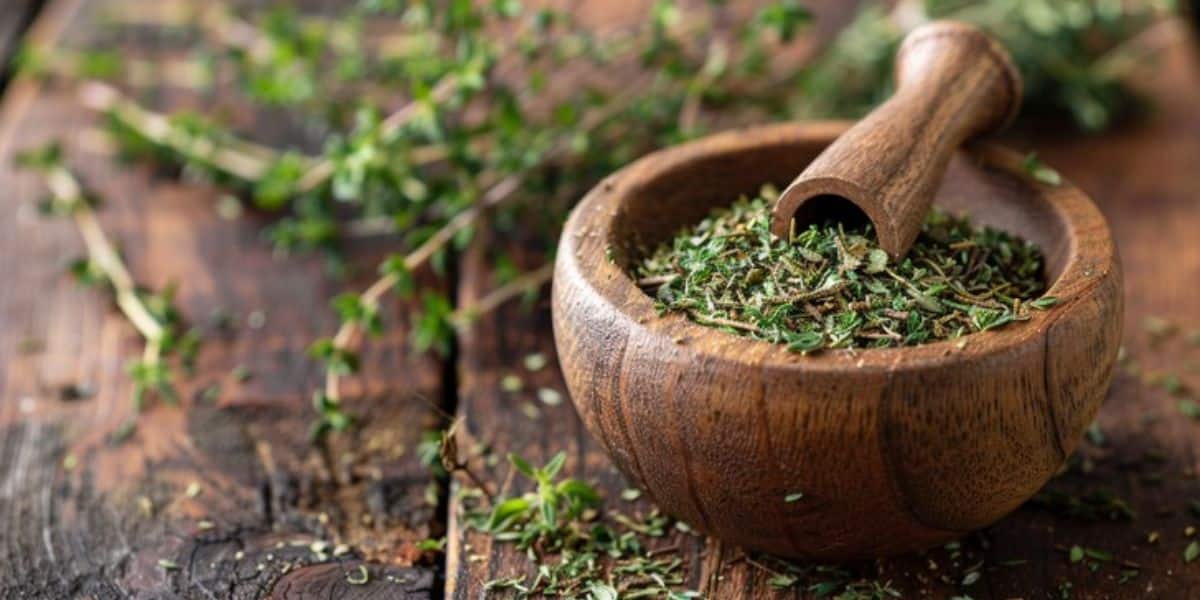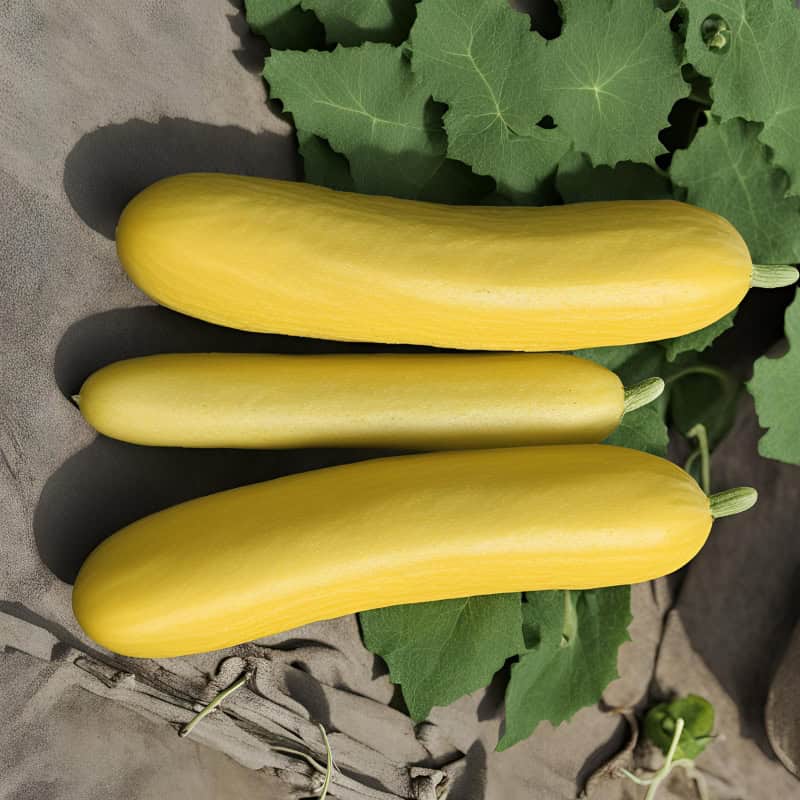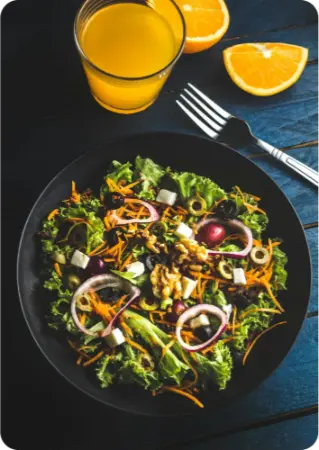Zero calorie foods are a popular shortcut to shedding off extra kilos today and have been circulating for quite some time. Despite its popularity, do we know the concept of zero-calorie foods enough? Is it a verified health fact, or is it a myth propagated by the food industry- just like superfoods? The concept has intrigued many fitness enthusiasts who wish to reduce their body fat percentage and gain muscle mass instead.
Alas, people with crippling body dysmorphia have also been experimenting with zero calorie foods and snacks to achieve ’that ideal body’ and try to fit in a society that has valued lean slim bodies.
Another reason why people go for zero-calorie foods is that they wish to become ’fitter’, which is again a marketing tactic for the most part.
Assumably, incorporating zero-calorie foods in your diet sounds like a quick and easy fix which is a part of the larger trend of crash dieting. However, there lies a dark truth beneath the aesthetic value and fitness it promises.

Zero-Calorie Eating; What Is All The Buzz About?
Let’s begin with our preoccupation with a fit, toned body, which often begins at the year-end when we are contemplating our new year resolutions. We draw elaborate plans to sweat it out in the gym and whittle down all the extra fat till we see a sculpted figure. But, fitness resolutions are doomed to fall prey to procrastination. It is a story we are all familiar with.
You can also add these low calorie snacks to your shopping list to snack anytime –
One of the most popular fitness resolutions is to lose weight, but we lose the drive and motivation to go through it instead.
We begin with a driven mindset that would put even the most arduous workaholics to shame, but alas, all good things have to come to an end. And so is the case for weight loss. (Though, it is debatable if it is good indeed. What should feel good is what you want!)

It’s not until some days that we give in to the temptation to grab some nachos. Even if we are determined not to succumb to our cravings, an inevitable cheat day (that lasts for a week or more) sets us back. We know it is not what we signed up for. Fitness is more process than results after all. Rome wasn’t built in a day, and building a sculpted body is tougher than building Rome. (Sometimes…sometimes.)
And there come the frantic google searches on ’How to lose weight fast’. Or ’Rapid weight loss tips’. Or ’losing weight in a day’. Bottom line- quick results that show. Also, we do see you trying Chloe Ting’s 2-week ab workout challenge.
A staggering 50% search results direct you to ’zero calorie foods’. A hot topic in several weight loss blogs, zero calorie foods are said to have very little to no calories at all. This sounds like a dieter’s dream– the perfect shortcut to achieve a slim waist and a toned tummy.
We don’t exactly love our cute little body rolls or stretch marks, and that shows how obsessively we have internalized shame around being natural. We obsess after zero calorie foods because of how we wish to look like. Sounds bitter, but do we actually stop to consider how nutritious a diet is beyond the several misleading posts we are bombarded with?

Given their various theoretical benefits, several myths surround zero calorie foods. It’s hard to discern whether zero calorie foods help you lose weight or not. But, most of the time it feels convenient to adhere to what pops up first in our browser search with every medically verified fact thrown to the wind.
This is why we should refer to sources which give you a comprehensive view of things- warts and all, so that you decide on the basis of sincere and verified information. The same holds for the recommendations for low calorie snacks that are also quite sustainable.
Read on as we try to uncover the truth behind zero calorie snacks and foods.
What are Zero Calorie Foods?
Your body thrives on three macronutrients with several other micronutrients. Carbs, fat, and protein are macronutrients that give energy as calories. A calorie is a measure of energy content in food or your body; usually expressed as kcal (kilocalories).
Negative calorie foods or zero calorie foods contain very few calories. Therefore, the moniker can be misleading- less calories does not mean no calories at all. People tend to take this belief to the extremes when they are trying to eat to get to their ideal weight. But in the long run, constantly munching on everything that is low on calories is not sustainable.
Our body uses up more calories to eat and digest food than it stores as energy. This mechanism is referred to as a caloric deficit. Indeed, the human body is a mysterious engine with its own dynamics that are beyond what we can see. Theoretically, this would be a great way to get the body of your dreams with very little effort. You’d burn more calories than consume them. Several nutritionists recommend eating smaller portions to keep the metabolism going and it is now easy to understand why.
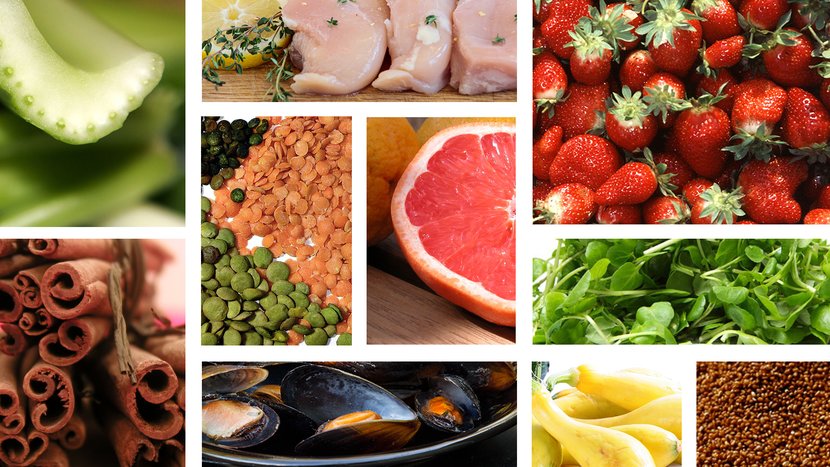
However, we still find it hard to believe that we can lose weight by eating and for several valid reasons. This is the reason why we prefer going for zero-calorie foods as an immediate option.
The following edibles are some of the most popular foods advertised as zero-calorie foods :
- Lettuce: 5 calories per cup
- Kale: 7 calories per cup
- Cucumbers: 8 calories per cup
- Celery: 14 calories per cup
- Broccoli: 31 calories per cup
- Tomatoes: 32 calories per cup
- Watermelon: 46 calories per cup
- Apples: 53 calories per cup
- Grapefruit: 69 calories per cup
These foods contain calories, no matter how little.
There is no scientific evidence to say that zero calorie foods need more energy to be digested. Low calorie foods are loaded with water and fibre which keeps hunger pangs away for long. But can they give your body the nutrition it needs to function and survive on its own? Let’s find out.
Understanding Your Body’s Metabolism
You have to understand your body before making a diet plan. Our body’s require three kinds of energy—
- The energy to maintain a body at rest. This involves basic body functions like breathing, pumping blood, etc.
- The amount of energy required to eat, digest, and process food. This is called the thermic effect.
- Extra energy for physical activities.
Of these, the thermic effect uses 5-10% of the calories we take in. There is a minor rise in energy used after a few hours of eating, even with low-calorie foods. This isn’t enough to cause a tremendous shift in your weight though.
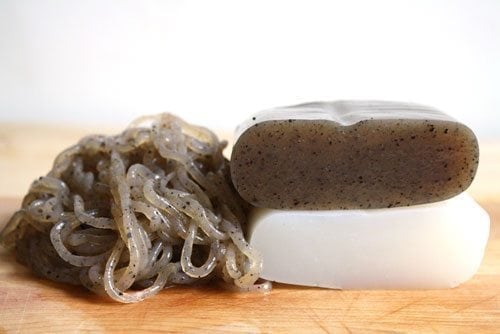
Are Zero Calorie Foods Fated to Remain a Myth?
It would be great if a celery stick could undo the damage of a reckless night of a cheeseburger binge. But easy fixes don’t work out in the long run. It’s all about sustainability and how well do they aid your body to keep functioning, say some 50 years ahead.
Some foods need more energy to digest. However, processing ‘zero-calorie foods’ like celery or kale will not have much impact on your weight-loss efforts. This doesn’t mean that you should not try them- having small portions with a balanced meal is a great way to supplement your body’s nutritional requirements.
Much like superfoods, even zero-calorie snacks and foods are a marketing myth and a premium health washing tactic. Much like greenwashing, health washing means falsely portraying a food item or pharmaceutical as being extremely beneficial, when all it has is a negligible impact.
Consuming only these foods is not enough to support a capable body. They can be great additions to a balanced diet plan but cannot be the only source of nutrition as they lack an adequate amount of fat and protein in them.
Drastic diets can lead to serious health issues too. Ultimately, the term “zero-calorie food” is just a catchy phrase to grab the attention of people looking to lose weight fast. Therefore, the first step towards dismantling the myth is to refer to them as lowest calorie foods. The dieting world is not as innocuous as you think. Behind a decoy of infectious and trendy keto, paleo and gluten-free diets, the dieting industry thrives on misinformation and consumer ignorance.
Using ’low calorie’ will be a more realistic way to put it. But obsessing about it will not make the picture any more rosy. As mentioned before, people often go on a crash diet before important events or just when they realize that they are gaining weight. During this phase, people tend to consume more ’low calorie’ foods than ever. But weight gain isn’t just about eating more or less calories.
Acclaimed dietitian Diana Suguichi, R.D.N. says that eating fewer calories will not make you lose weight quicker. She adds that doing so can decrease your body’s metabolism, making it unable to process any normal diet. It is simply not a sustainable pattern to deprive your body of the essential calories it needs. Therefore, what one really requires is balance- low calories are not enough, those foods should be filling and keep you up for a long time.
Hence, it is time to get rid of extreme labels and unrealistic expectations. With filling low calorie snacks and foods you can go a long way- and it is not limited to just weight loss!
What the Dieting Industry Won’t Tell You?
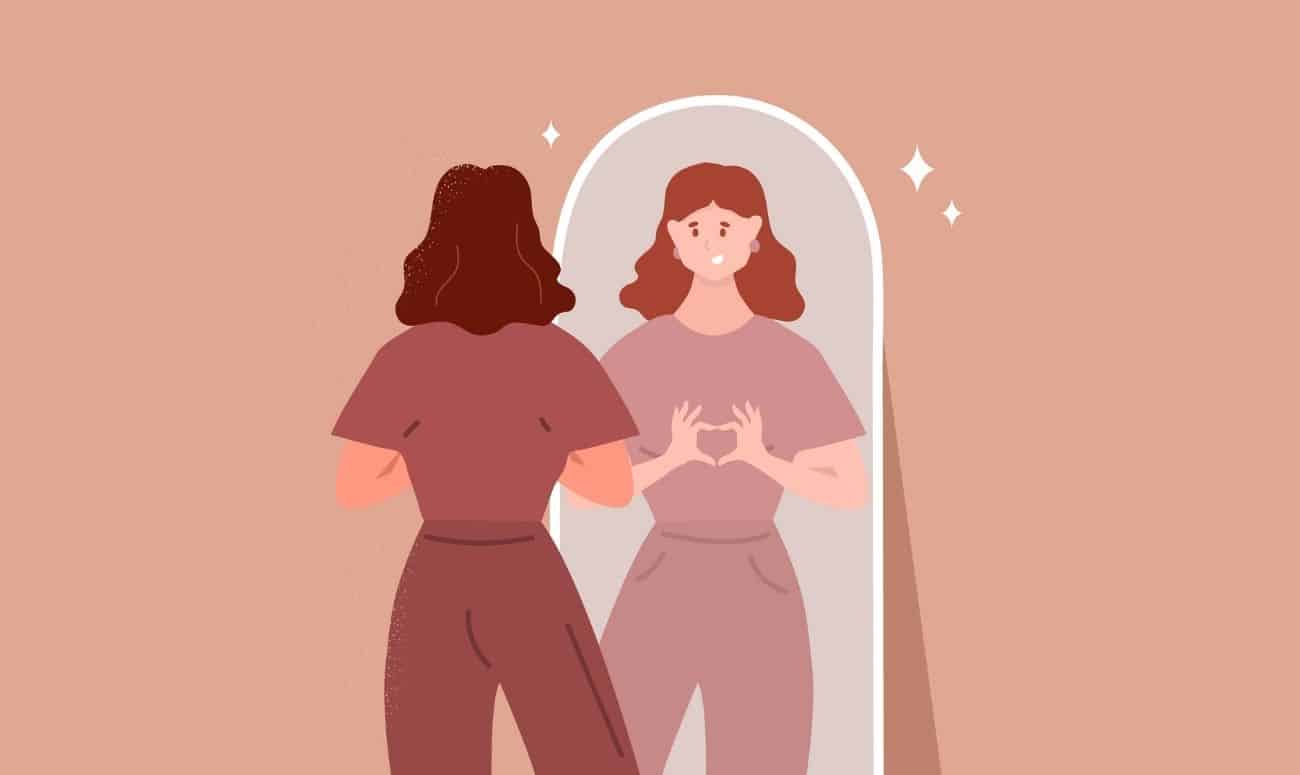
It’s scary to live in an age where you feel you have to conform to ideal body standards. Articles encourage people to restrict their diets and starve their bodies. These are heedlessly posted on the internet on a regular basis.
Multitudes of diet trends guaranteeing fast results are thrown at you from all corners. Following blindly may not be the best for your body. Some people diet because they’ve developed poor body image over years, not because they want to eat nutritionally well.
It is unfortunate that our society has certain standards portrayed as normal through films and culture. Several celebrities have been bashed for propagating these ideas among young women, especially, through the lens of size-zero first and more recently, the slim-thick trend which equates having wider hips and chest and an extremely thin waist with no fat bulging out. However, fitness enthusiasts such as Cassey Ho and Bree Lenehan are baring it all and letting us in on what looks real and what doesn’t!
We’ll let you in on a secret. There are better ways to attain a healthy body and live well and they are all different. Following are recommendations that you should note down somewhere:
- The first step is body positivity. Shedding unhealthy weight takes time, patience, and a balanced diet.
- Maintain a healthy relationship with your body. Have a meal plan tailored to your needs. Not a diet trend to fit into a mould constructed by society and media. Find your own body beautiful beyond the hashtag. And to hell with people who tell you otherwise.
- Respect your body and understand its needs and capacities. Consult a professional nutritionist before trying out drastic diets.
- Understand that weight loss for you may not mean the same thing to the next person. Our bodies come in different shapes and sizes. Also, if you think that going for fitness only means reducing fat percentage, it isn’t so. Fat can be fit too and being healthy is not the prerogative of defined, muscled bodies.
- Self-love is a trend you could hop on instead. Shower your mind and body with it!
Here’s How You Can Eat Your Way to a Healthier Body Instead
A balanced meal has adequate shares of proteins, carbohydrates, fats, and vitamins. This helps you maintain a healthy weight and gives your body the energy it needs to function.
If you’re confused about where to start, we’ve put together a guide to help you eat smarter and healthier—
Opt for whole and organic foods

Processed foods like cold meat and junk food lead to health issues. Cholesterol, blood pressure, diabetes, and heart problems are high on the list. Organic foods contain a greater variety of nutrients. They are more satiating and help you live longer.
Control your portions
Overeating causes unhealthy weight gain and digestive problems. Control the amount of food you consume.
Choose plates that can hold the right portion your body needs. Learn and serve correct portion sizes. Store leftovers in single-serving containers. Reduce sodium and sugar intake.
Create a balanced meal plan with low calorie fruits
Your body is an engine that works 24×7. Ensure that your plate has all the nutrients it needs.
The “zero calorie foods” may not put you in a negative calorie balance but they are very nutritious. Incorporate them into your meals with proteins, healthy fats, and carbs to fuel your body.
- Apples: Calcium, Vitamin C, potassium, and phosphorus.
- Grapefruits: Potassium, Vitamin C, and magnesium.
- Tomatoes: Phosphorus, Vitamin C, and potassium.
- Celery: Vitamin A, K, and C
- Kale: Calcium, manganese, Vitamin A, B6, and K
- Lettuce: Folate, potassium, and Vitamin K
Replace unhealthy options

We’re not asking you to completely give up the foods you love.
Craving a pizza? Opt for a whole grain thin crust. Skip processed meat and pile on your veggie toppings. Choose seafood and lean protein instead of fatty meats. Use olive, avocado, or other oils that are great for your heart and waistline
Steer clear of solid fats like processed butter. Whole grain products are better than those made with refined grains. They give you a greater choice of nutrients. Non-dairy foods, beans, lentils, fruits, and veggies are a must.
And if you are a meat-eater, you can go for alternatives like fatty fish instead of red meat. Not only will these foods help you feel better, these are also full of good fats like Omega-3. Vegans might be apprehensive of such a claim, but worry not, read our update on vegan omega-3 to know more.
Create a flexible approach to eating
Do not focus on individual foods. Establish an inclusive eating pattern comprising a wide variety of foods. A plate full of colurs and different nutrients is a better option than a bowl full of a single food that might help you as much.
The 5 Best Low-Calorie Sustainable Snacks to Much On!
Another myth regarding low-calorie snacks is that they are extremely boring and tasteless. Shouldn’t life have a dose of spice alongside being healthy?
Sometimes taste and health are mutual enemies. But with these 5 low-calorie gems, you will be forced to confront your own prejudice and swallow it guilt-free. Read below to know more about these options which are available for sale on Walmart, Amazon and their respective websites.
Rhythm Veggie Bites

Nobody is singing the sweet song of sustainability like Rhythm. With its range of veggie bites like Cauliflower, Broccoli, Carrot, Beet and even Watermelon, the brand is setting serious standards for low calorie snacks. What appealed to us was the brand’s commitment in being transparent about its ingredients which are organic, dairy free and are USDA certified along with being non-GMO. Need we say more?
Shop Rhythm on their website or on Amazon.
Clio Less Sugar Yogurt Bars

Succulent yogurt covered with a delicious coating of chocolate in premium flavors like Parfait and cheesecake is Clio’s forte.
This low-calorie snack also contains 8 grams of protein and less than 1 gram of sugar per bar. Go check them out here on their website which will give you the option of buying a multi pack containing many flavours. Munch on!
Shop Clio on their website.
BARE Snacks Apple and Cinnamon Chips

BARE is quite popular among low-calorie snackers for its delectable mixture of crunchiness dusted with a slight sprinkling of cinnamon sugar. Make sure you get a pack of these ASAP to satiate your pangs.
BARE chips are perfect to satiate your sweet tooth. Chill with a pack of these perfectly imperfect chips by your side.
Shop BARE
Jackson’s Honest and Crunchy Sweet Potato Chips
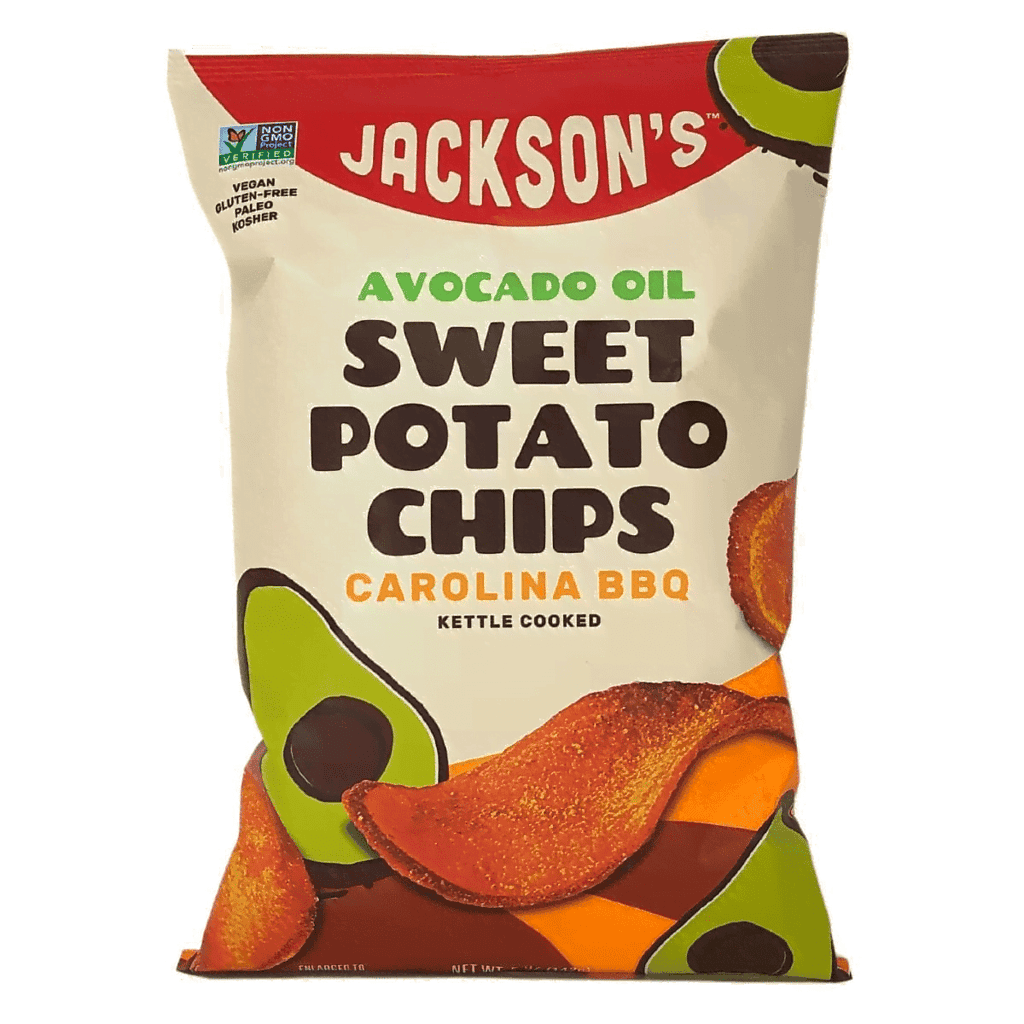
Like their name, Jackson’s sweet potato chips are creating quite a stir. Fried in avocado oil, this delicious and crunchy ensemble will leave you wanting more. On top of it, the products are everything good- they are vegan, gluten-free, kosher and even Paleo friendly. The brand has also featured on Shark Tank and has a heartwarming story full of innovation and careful consideration about delivering low calorie goodness!
Shop Jackson’s Honest and Crunchy Chips, here!
Skinny Pop Popcorn

Nothing is better than some classic popcorn when you are watching one of our recommended vegan documentaries online. Skinny Pop elevates your experience with their range of popcorn popped to pure perfection.
With no artificial flavors, this non-GMO, Gluten-free delight offers 47 calories per cup and is practically the sustainable low-calorie snack of your dreams. Transparent and upfront about their approach, make sure you grab a pack or two of these goodies to make your movie nights even more special.
Get yourself some Skinny Pop here!
Zero Calorie Foods: Ecowiser’s Verdict
There is no scientific evidence to back the concept of “zero-calorie foods”. There have been studies that show that diet trends come and go depending on the time of the year and also, who promotes them in which manner. It is better to refer to them as low-calorie snacks and foods instead of opting for a blindly misleading term.
If you want to achieve a healthier version of yourself, heal your relationship with food. These “zero calorie foods” are certainly nutritious and low in calories. Add them to your meals and fuel your body. However, healthy weight loss requires balanced meals, regular exercise, and an understanding of your body’s needs.
Also, make sure to inform yourself fully about the implications of solely depending on a zero calorie diet. Refer to your nutritionist, do some research and pick from our list of curated recommendations to keep yourself updated on everything sustainable and ethical that is good for you as well as the planet!
